adamasgem
Brilliant_Rock
- Joined
- May 23, 2003
- Messages
- 1,338
----------------
On 9/29/2004 12:52:01 PM Serg wrote:
I hope this diamond has same parameters except upper girdle facets.----------------
Sergey, Thanks. Here is a composite of the two pics, unfortunately I can't make an overlay. There appears to be a lot more going then just what you noted regarding the lower part of the hemisphere
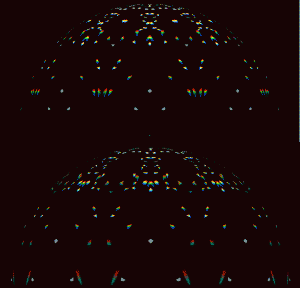


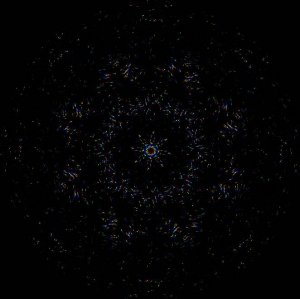
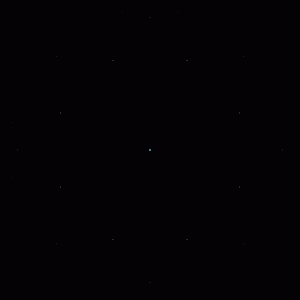
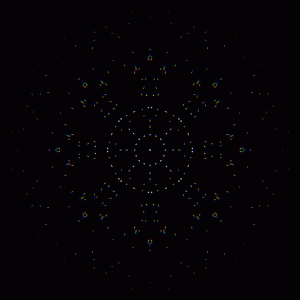
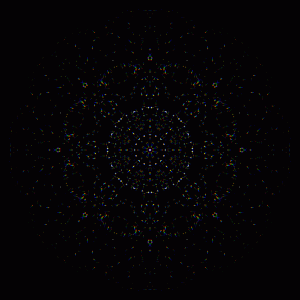
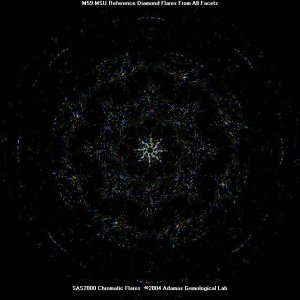
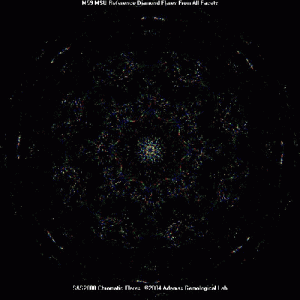
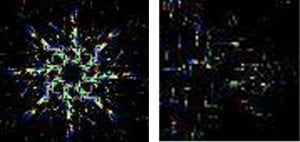

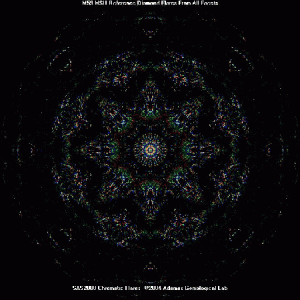

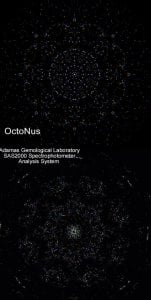


300x240.png)